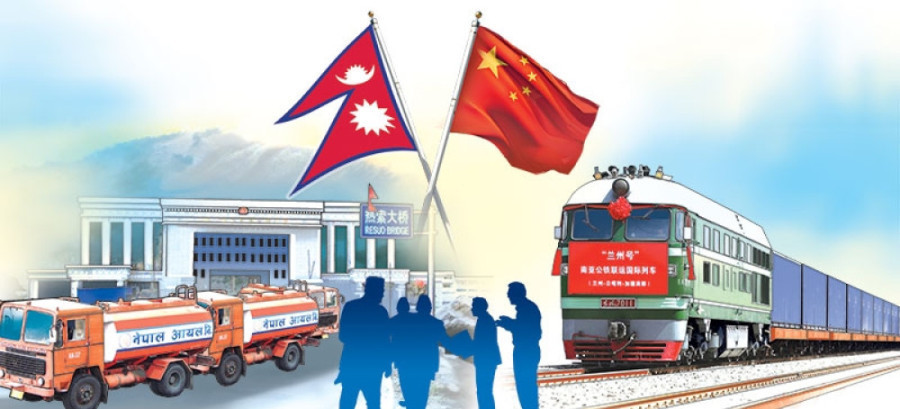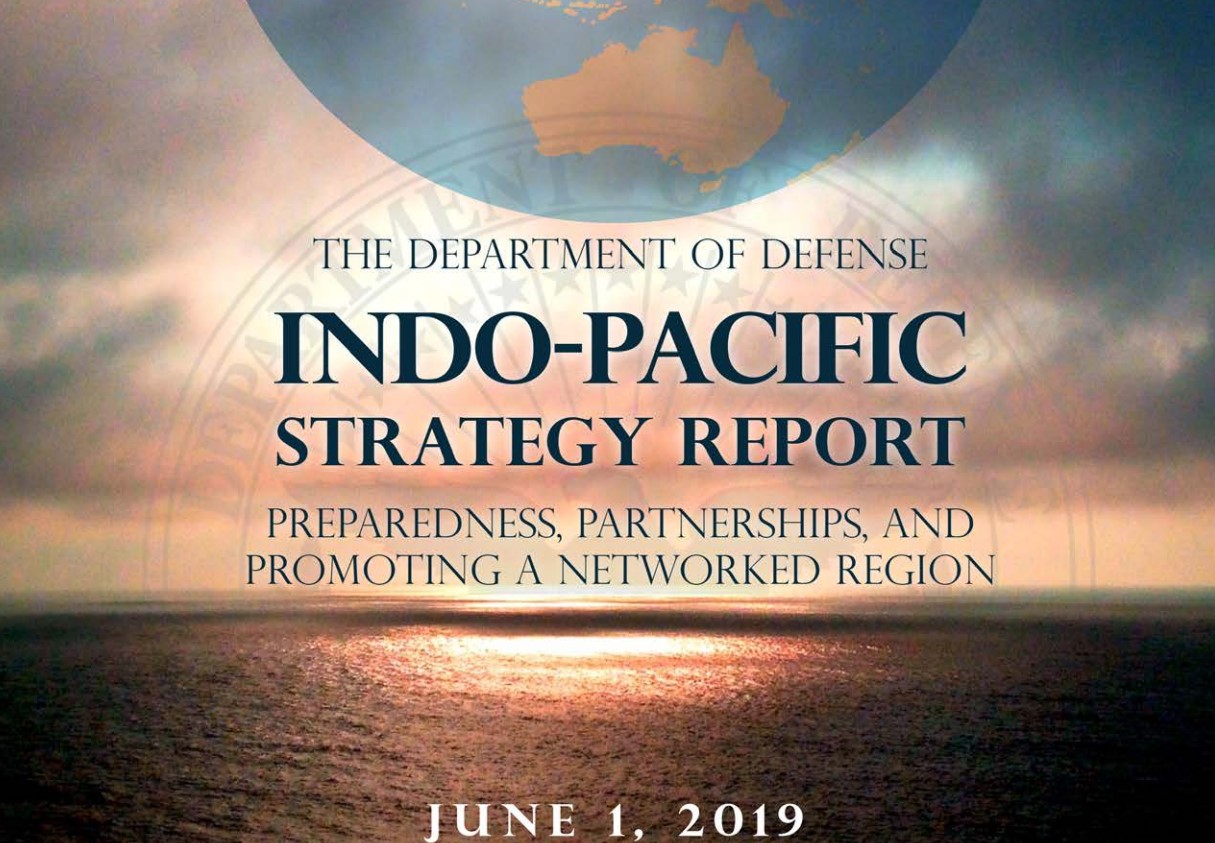Kathmandu – Deputy Prime Minister and Home Minister Narayankaji Shrestha has said that Nepal and China will sign the implementation plan of the ‘Belt and Road Initiative’ ‘soon’. However, he did not say anything about when and how to do this.
Nepal and China signed a memorandum of understanding on BRI in 2017, but no project under it has been implemented for nearly seven years.
Addressing a program of the Silk Road Youth Forum and the South Asian Cooperation Conference, Shrestha said that only after signing the implementation plan, they will proceed to the implementation phase.
Stating that the Belt and Road Initiative, which aims to enhance connectivity and promote economic cooperation, has opened new avenues of cooperation between the two countries, he said that infrastructure development is the cornerstone of Nepal-China cooperation.
“China’s assistance in building important infrastructure such as roads, bridges, and energy projects has played an important role in leading Nepal towards economic growth and stability, and the increased connectivity through these projects will not only strengthen bilateral relations but also contribute to the broader vision of regional cooperation and integration,” he said.
The signing of the BRI implementation plan between Nepal and China has been one of the main agendas since the beginning of 2020, but due to differences between the two sides on the modality of investment, an agreement has not been reached.
“China’s BRI has emerged as a transformative force to shape the economic landscape of South Asia,” Shrestha said. “BRI’s emphasis on connectivity, infrastructure development and financial support is seamlessly aligned with the development aspirations of nations in the region.”
Shrestha said, “The Belt and Road Initiative is not just about building roads and bridges. It is also about creating pathways to shared prosperity. The economic corridor envisioned by the BRI has the potential to open up new markets, facilitate trade and spur economic growth. For nations like Nepal that reside in the heart of the Himalayas, these initiatives open up possibilities for expanded connectivity that can transform the economic landscape.
Silk Road Youth Forum Vice President and Secretary General Yan Dongping, Madhyapur Thimi Municipality Deputy Mayor Vijaykrishna Shrestha, Chinese Embassy Commercial Counselor Xie yu, Matrika Poudyal, Foreign Affairs Institute Spokesperson Tsetan Namgyal and others were present in the program. Aneka Rebecca Rajbhandari, Assistant Professor of Jawaharlal Nehru University’s Center for Inner Asian Studies, Raunab Singh Khatri and Hou Shixin, among others, shed light on various aspects of Nepal-China relations.


 NP
NP
